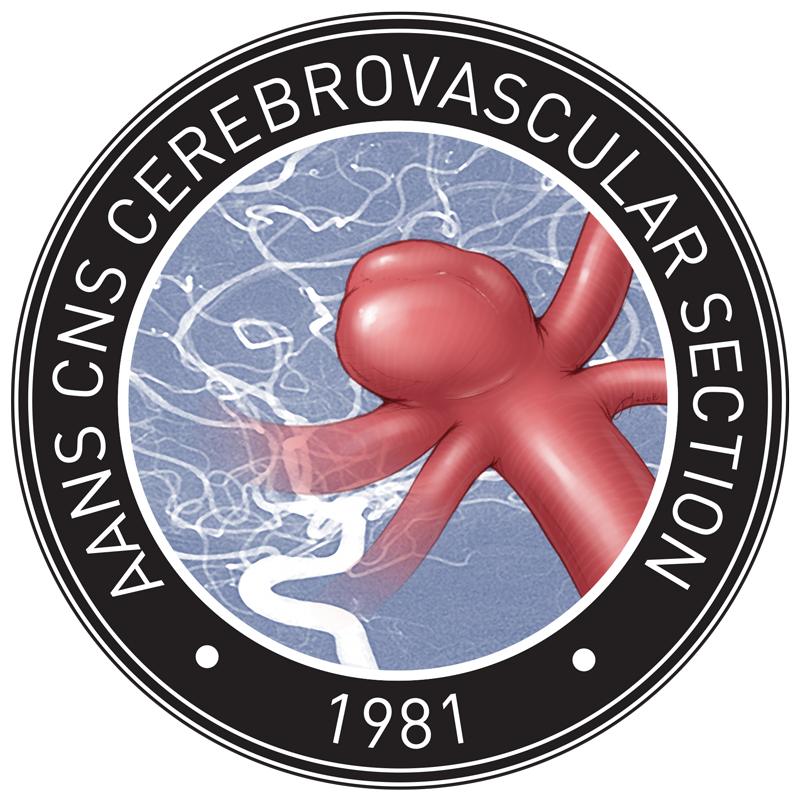Optic Tract Shrinkage as Biomarker for Limit Visual Restoration after Occipital Stroke

A recent study done by the Flaum Eye Institute in Rochester, NY sought to evaluate if trans-synaptic retrograde degeneration after a visual cortex stroke impacted potential for visual recovery from vision restoration training. They examined MRI scans from 36 patients with unilateral visual cortex strokes in which one cohort of patients underwent 1 year of visual restoration training. Optic tract volumes were measured at the time of stroke and on follow-up on MRI. Optic tract laterality index was correlated with time from stroke and this was unaltered by visual training. But chronic cortically blind patients who had no optic tract shrinkage demonstrated better visual recovery than those who demonstrated shrinkage. Unilateral optic tract shrinkage becomes detectable at ~7 months and may serve as a biomarker of the potential for training-induced visual recovery in chronic cortically blind patients.

Check out the full article here.
